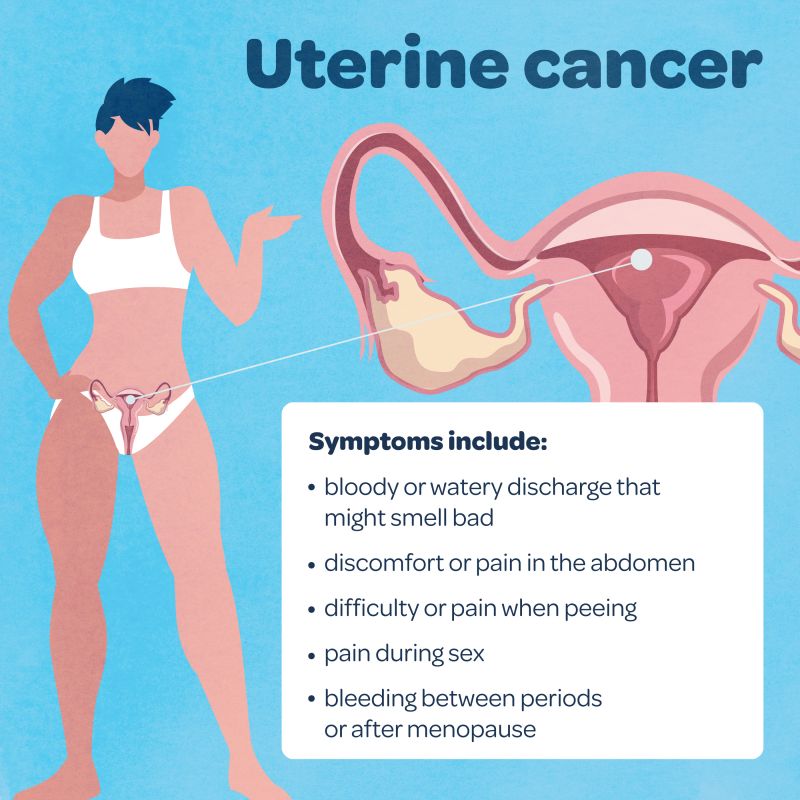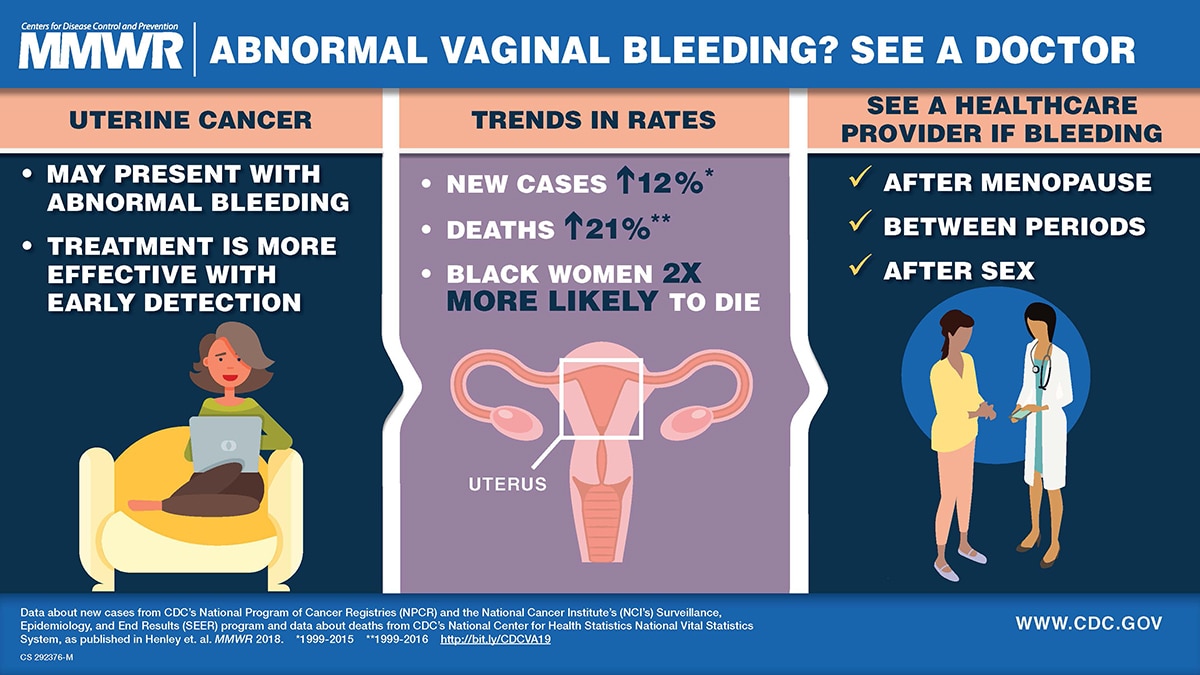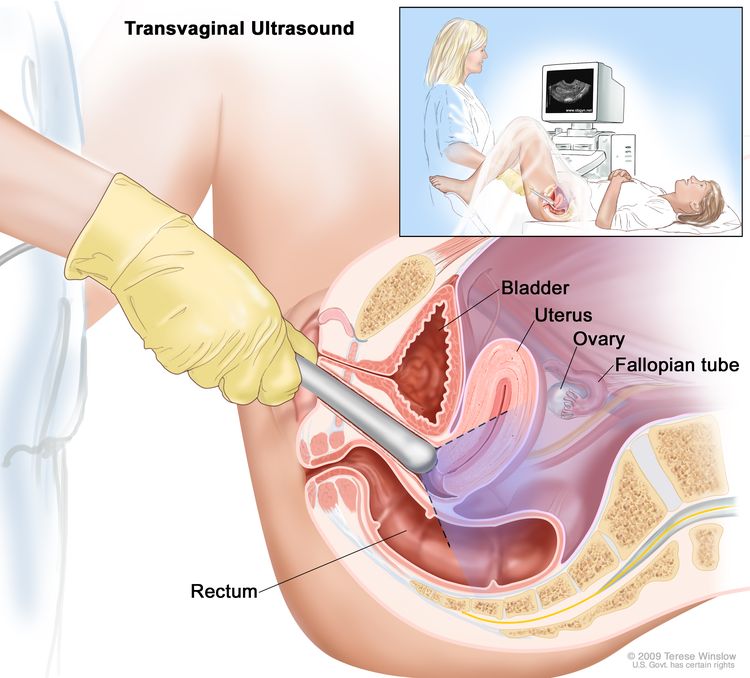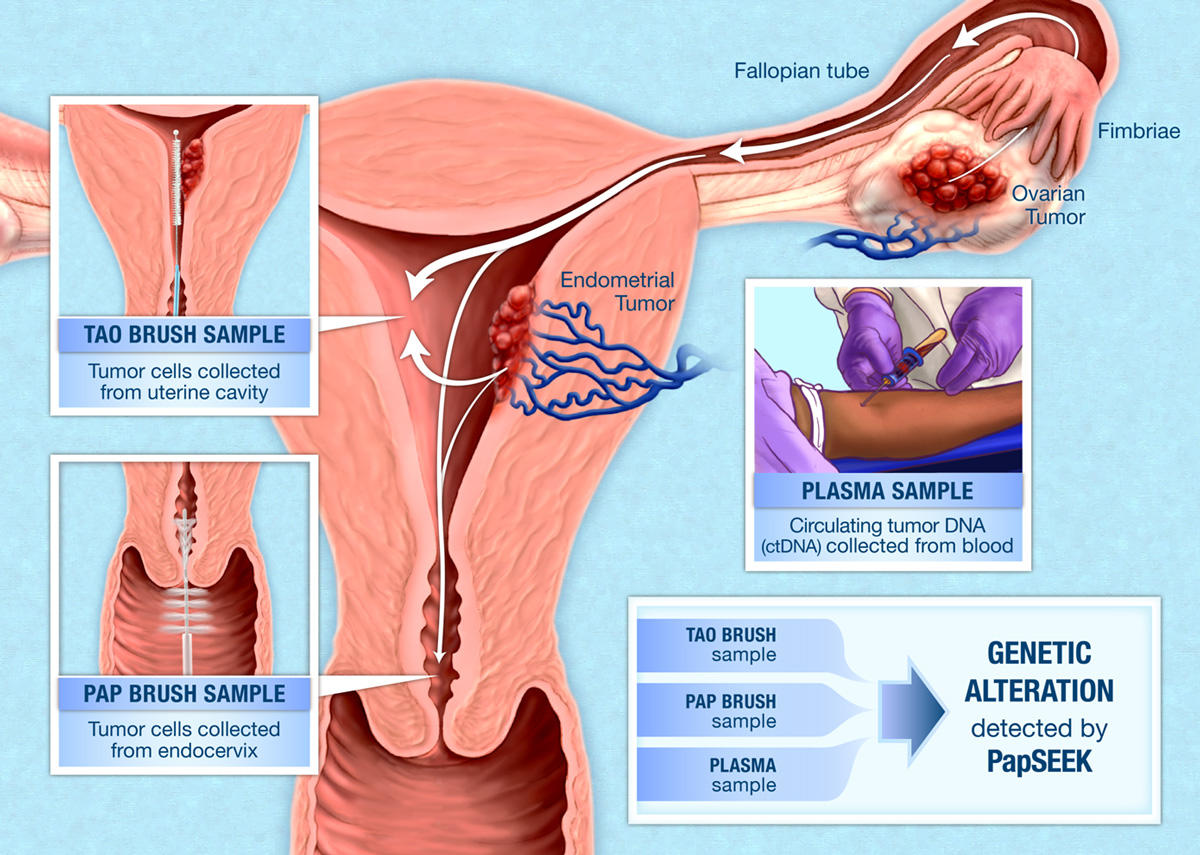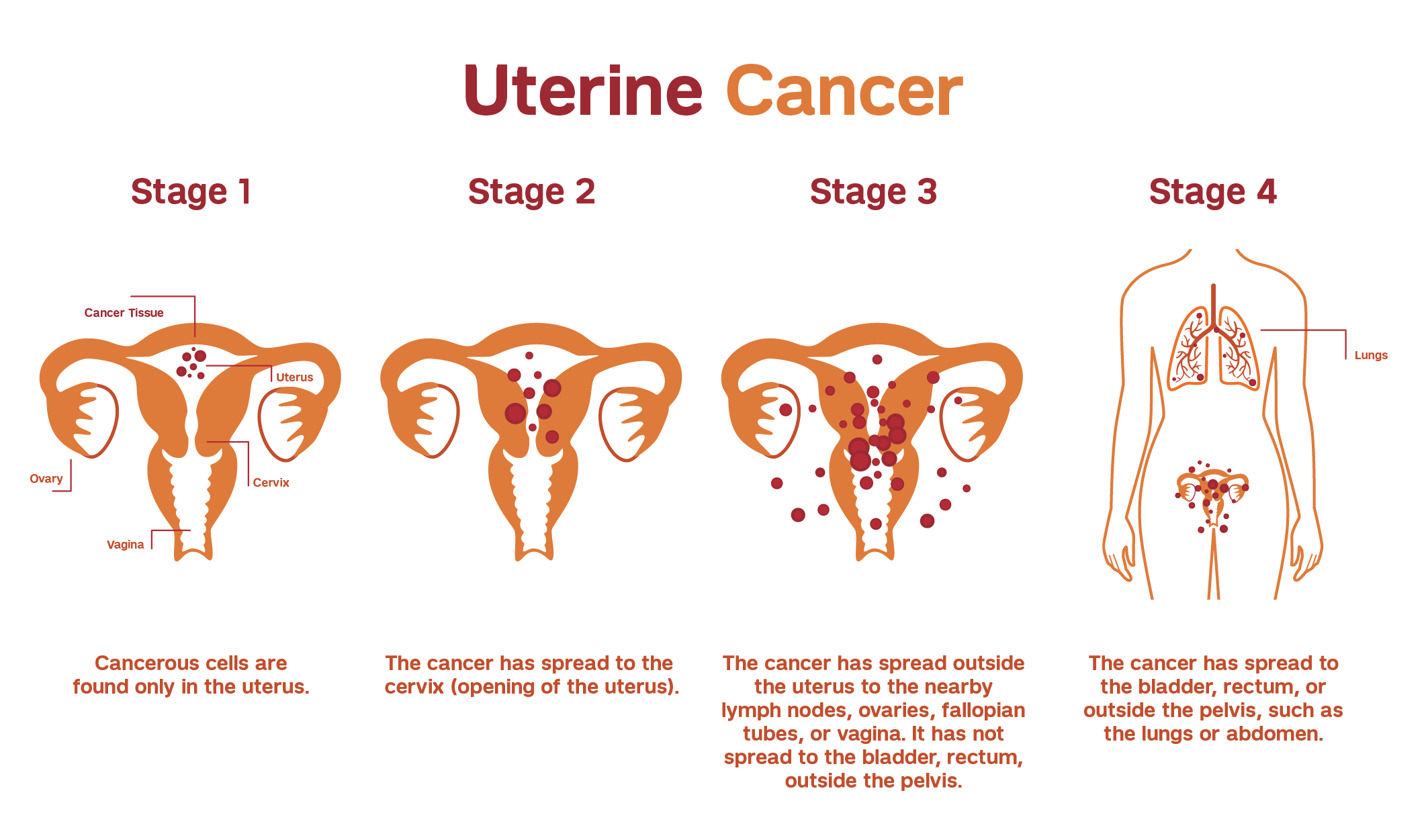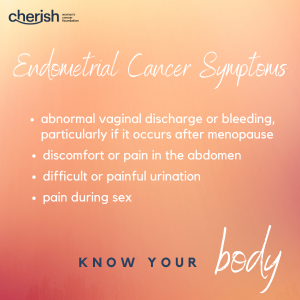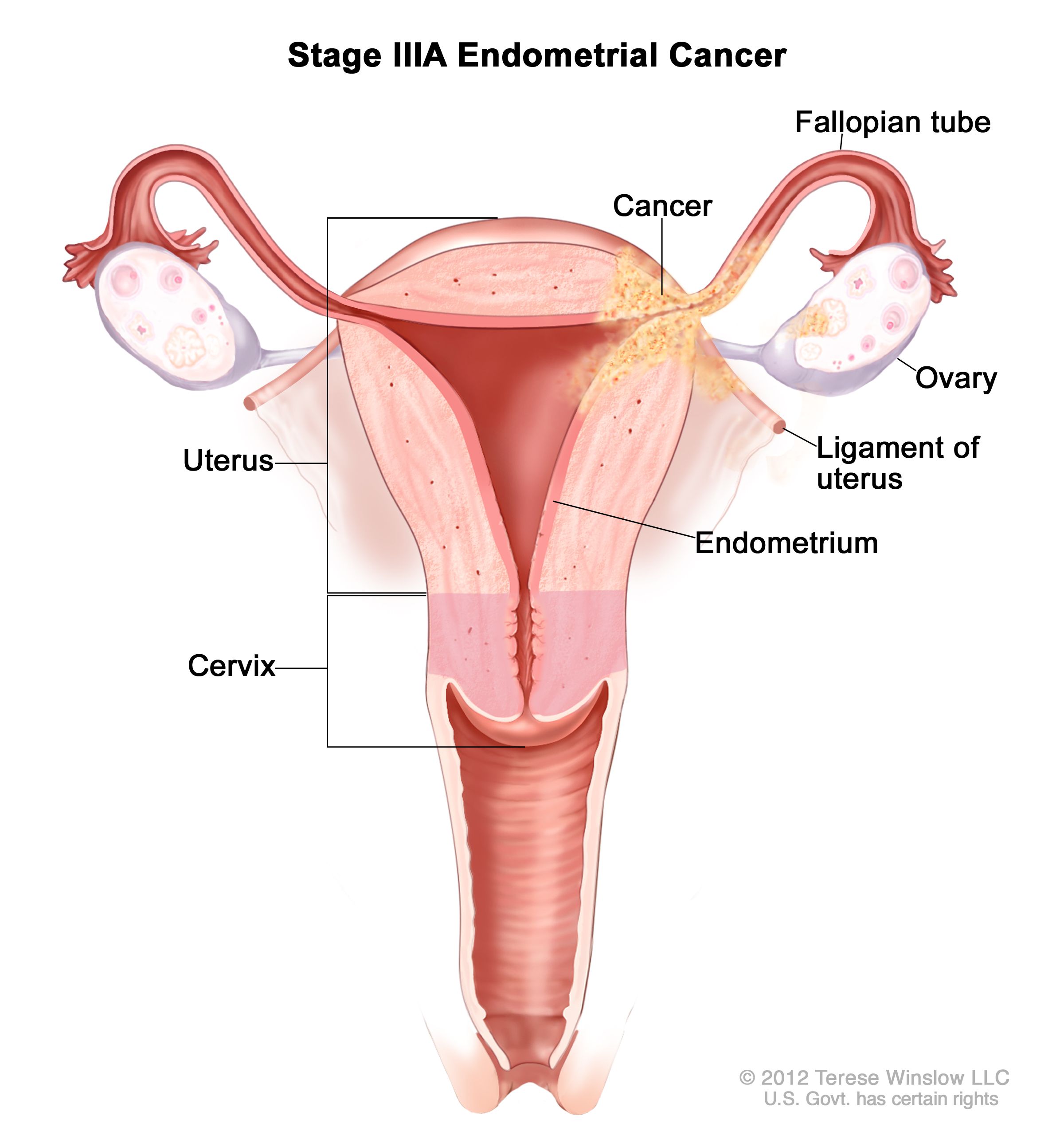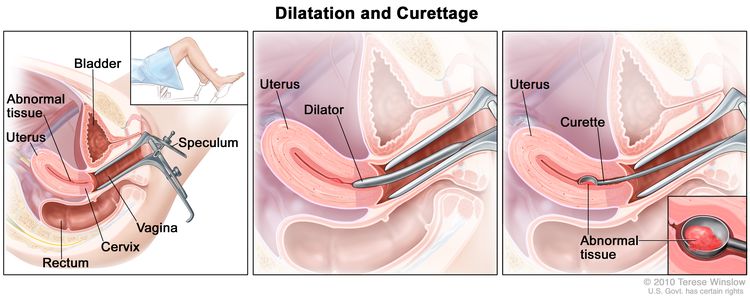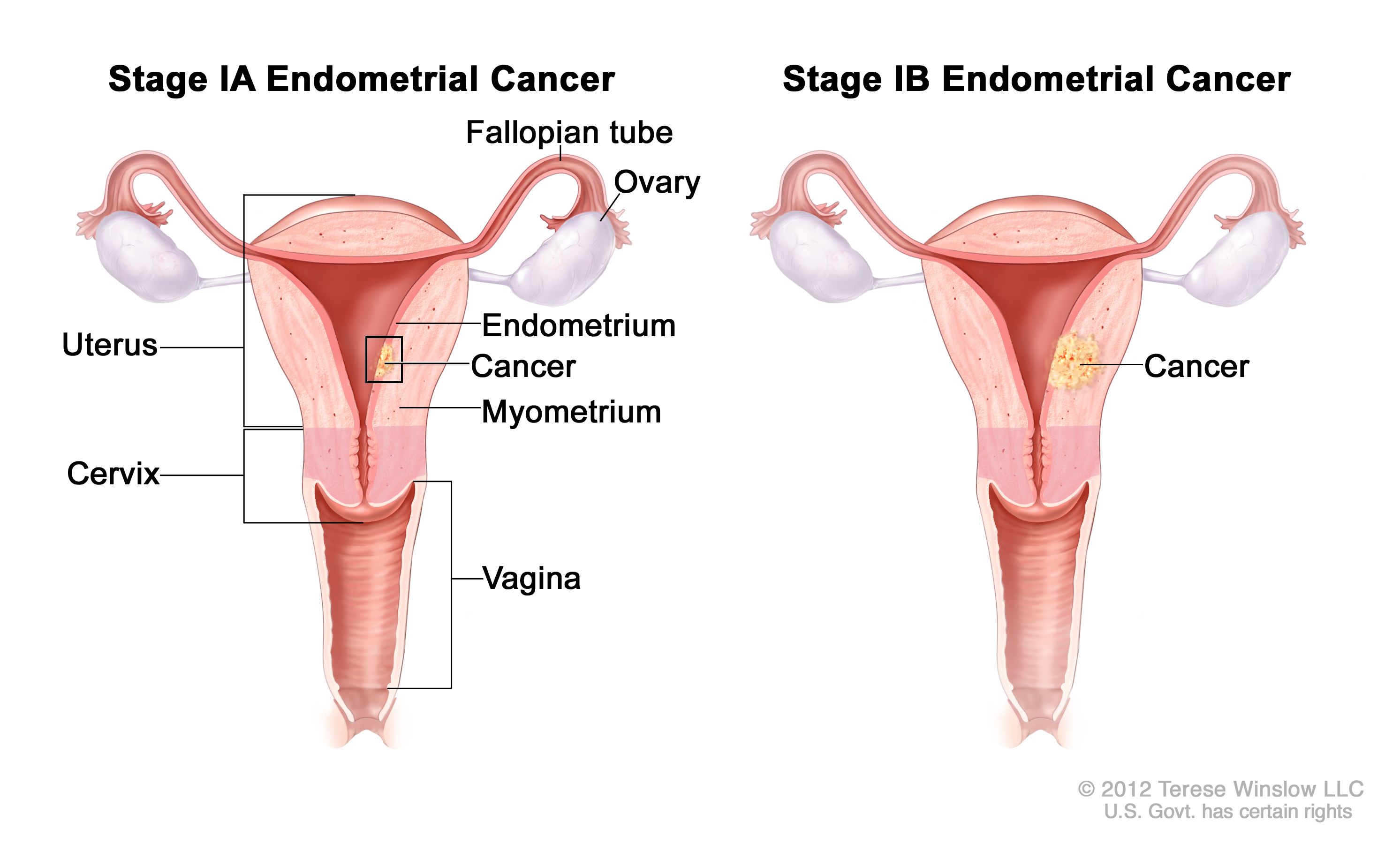Here’s A Quick Way To Solve A Info About How To Diagnose Endometrial Cancer

Pain in the pelvis, feeling a mass (tumor), and losing weight without trying can also be symptoms of endometrial cancer.
How to diagnose endometrial cancer. These symptoms are more common in later stages of the disease. In general, a physician will review your symptoms, risk factors and medical history, then perform a thorough pelvic exam. Endometrial biopsy is the most common endometrial cancer test.
Ad find information that may help you better understand your endometrial cancer diagnosis. If you have symptoms, your doctor may perform an endometrial biopsy or a transvaginal ultrasound. If you have symptoms that suggest uterine or endometrial cancer, your doctor will try to find out what’s causing the problems.
Around 1,900 australian women are. Endometrial biopsy inserts a thin, flexible tube through your cervix (opening of your uterus) and into your uterus. When symptoms suggest endometrial cancer, the following tests may be used to detect cancer:.
If you've gone through menopause, it’s especially important to report any vaginal bleeding, spotting, or abnormal discharge to your doctor. From diagnosis to treatment, we work with you to customize your care. Our staff includes pathologists, diagnostic radiologists and specially trained technicians who are highly skilled in diagnosing endometrial cancer.
Learn about uterine cancer signs & symptoms. How to diagnose endometrial cancer, if your provider would like to further investigate the possibility of endometrial cancer, one or more of the following diagnostic procedures may be. The best way to find endometrial cancer when it's small (at an early stage) is to see a health care provider if you have any signs and symptoms of endometrial cancer, such as.
It can be done in the doctor's office. In this test, the doctor takes out a small piece of the endometrium to check it for cancer cells. A very thin tube is put through your vagina into your.
:max_bytes(150000):strip_icc()/endometrial-cancer-overview-2616643_final1-fb0b1543cb434f88b1e709a48b3b7df0.png)
/endometrial-cancer-diagnosis-5b59dd0546e0fb002570fd31.png)
/endometrial-cancer-symptoms1-5b2191ec312834003601d53f.png)

